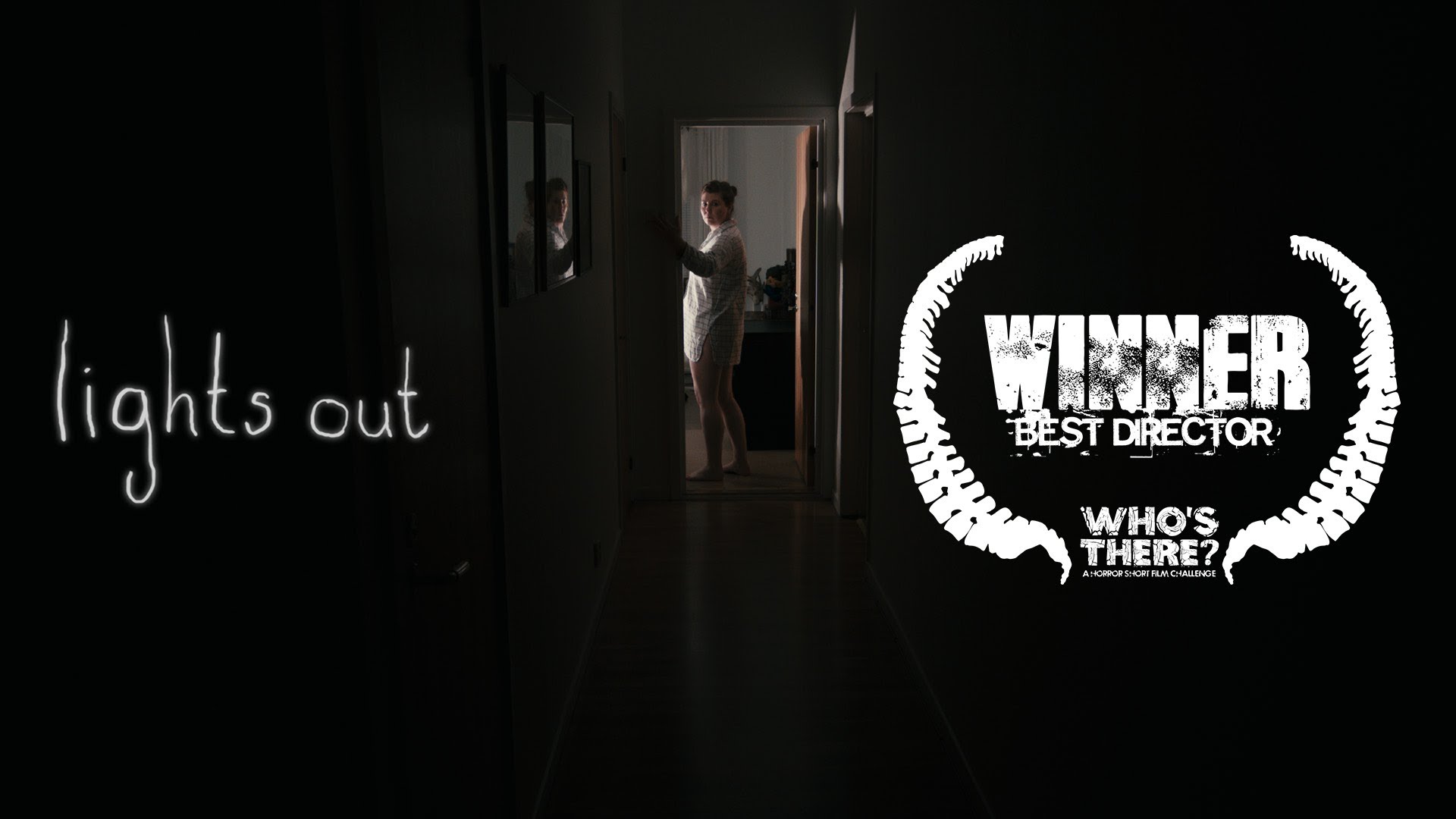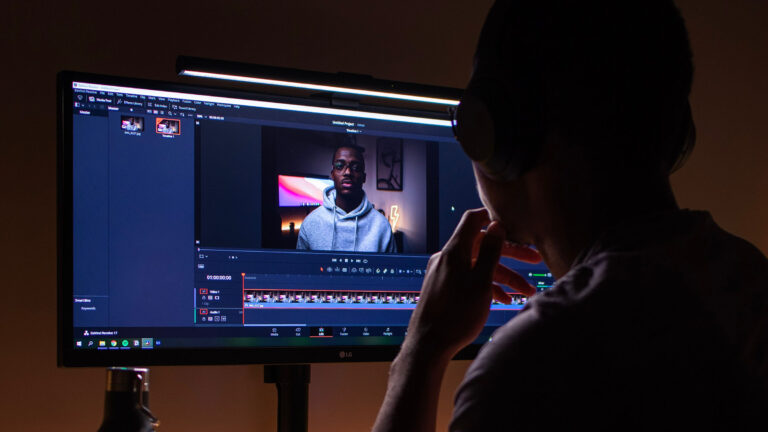Short films are the most common training ground for aspiring filmmakers. This is true for film school students as well as self-taught filmmakers.
Making a short film is not only a good way to develop your abilities—it can also be a launching pad for your career. While prestige film festivals have historically been the Holy Grail for short films, Internet distribution has changed things forever. In this post, we’ll look at three directors who used short films to get into Hollywood. In each case, their path was influenced by the kind of short they chose to make, illustrating three models to advance your career with your short film.
Calling Card
This is what you might call the legacy model: a complete story employing as much cinematic technique as possible. This category dates back to when a “calling card” was an actual thing that people carried. A calling card film is often “arty” or provocative. These films are often designed—or seem designed—to catch the attention of a festival programmer. Genre fare generally need not apply.
If you make this type of short film, festivals are your best bet—the fancier the better. A good short film in this category might land you an agent or win you an award. More often than not, you just get to put those cool laurels on your resume. But you can use festivals to network with other filmmakers, and having prior festival success improves your odds of being accepted to festivals in the future.
Lynn Ramsay won the Prix du Jury at Cannes with her 1996 short film “Small Deaths.” The film is lyrical and elliptical—more poetic than story-driven in a way only short films can be. Ramsay would continue to demonstrate her gift for quiet moments and striking visuals with a few other short films (including the gorgeous 1998 short “Gasman”) before moving up to features with Ratcatcher in 1999. Her meditative, hypnotic style is at its best in We Need to Talk About Kevin (2011), which gave parents everywhere nightmares—and earned Tilda Swinton Golden Globe and SAG nominations.
Excerpt from a Feature
Maybe you have a great idea for a feature, but don’t have six figures collecting dust in your bank account. Why not take a segment from your feature and showcase it in a short film? But if you are going to get funding for the feature, your short has to be great. It isn’t enough just to have proof of concept. The big success stories in this category tend to come from film festivals, but expect to see filmmakers take the same model to crowd funding platforms in the near future.
Whiplash, written and directed by Damien Chazelle, is the most recent success story utilizing the excerpt model, winning awards at Sundance both as a short and a feature. Excerpt short films are likely to flood the market as filmmakers chase after Chazelle’s success.
The risk with an excerpt film is that your scene or sequence might lose power without context. Mitigate that risk by approaching the excerpt as an adaptation. Ryan Fleck and Anna Boden decided to make an excerpt short film after trying unsuccessfully to fund their movie Half Nelson (2006). But instead of just making a chunk of the feature, they wrote and directed a short called “Gowanus, Brooklyn,” which played at Sundance. The 20-minute short takes the world and characters of Half Nelson and places them in a shorter, self-contained story.
The Viral Short
You might think, “I don’t want to pander to the festival crowd. I want to make films for THE PEOPLE.” Using the power of social media, you can cut out the middleman and gain credibility online with a viral short. Viral shorts don’t require the completeness of a calling card short or an excerpt film. They aren’t showing off for other filmmakers. Instead, the best viral shorts do one thing really well—one great scare, joke, or visual effect. Because viral shorts are so…well, short, you can make them quickly and build your skills by making a lot of them.
David Sandberg made the three-minute horror film “Lights Out” for an online film challenge and posted it to his Vimeo. It won the challenge and played at other online and fringe festivals. However, unlike the other entries in this article, it didn’t play Sundance or accomplish anything notable at the festival level.
But the Internet loved it. It was ripped from his Vimeo and posted on YouTube by fans and shared thousands of times. It racked up tens of millions of views. Last year, a Hollywood producer bought the rights and hired a professional screenwriter to develop a feature film. The director? David Sandberg. Lights Out—the feature—came out in 2016.
While the viral short is sure to make a bid for dominance, it’s likely that new filmmakers will continue to succeed with all three models. The important thing to do is to find the right shape for the story you want to tell and execute it well.
Tell us about your experience making short films in the comments. Has the festival route been successful for you? Or do you plan to appeal directly to fans online with your next short film?




